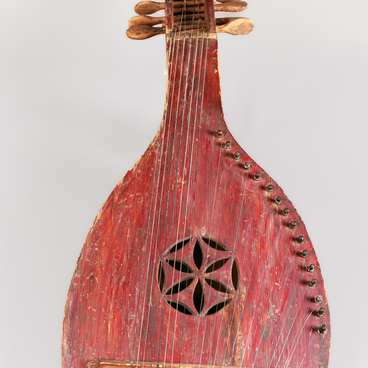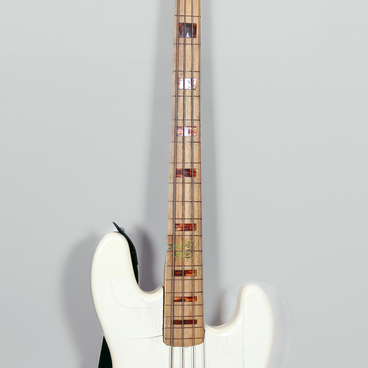The mandolin is a plucked string instrument that was developed in the 16th-century Italy and was initially used for playing popular dances and songs. However, in the next century, this instrument of the lute family was increasingly used in orchestral performances of church and secular cantatas, operas, and oratorios.
The 18th century was the golden age of the mandolin. It became widespread in Italy’s neighboring countries and was one of the favorite instruments for chamber music.
The mandolin was particularly popular in Paris. Many Italian virtuoso musicians moved to France following opera singers. Some famous composers wrote pieces for the mandolin, including Antonio Vivaldi, Giovanni Battista Pergolesi, Ludwig van Beethoven, and Johann Nepomuk Hummel. The mandolin can be heard in the oratorio “Alexander Balus” by George Frideric Handel, “The Barber of Seville” by Giovanni Paisiello, and “Don Giovanni” by Wolfgang Amadeus Mozart.
There were several mandolin variations that differed in the number of strings, tuning, shape, and neck length. The most common type was the Neapolitan mandolin. It had a slightly arched body constructed of separate wood strips glued together, an almond-shaped sound table canted in two planes, a short neck, fixed metal frets, and a flat headstock with mechanical tuning pegs.
Like the violin, the Neapolitan mandolin uses the tuning of perfect fifths. The four courses of double strings are tuned in unison. The mandolin has a silvery, clear, and bright sound, but the notes decay to silence fest. Tremolo, or rapid picking of the same note, is used to create sustained notes.
The strings of the mandolin are plucked with a plectrum, often called a pick. In the past, it was made of tortoiseshell. The same material was used for the pickguard which protected the sound table from being scratched by the plectrum.
The Neapolitan mandolin from the museum’s collection was made by a member of the famous Italian family of luthiers. This is indicated by the printed label that says, “Januarius Gagliano, son of Alessandro, Naples, 1765.” The mandolin’s sound hole is edged with a mother-of-pearl pattern. The same material is used for the inlay on the sound board to the bottom of the bridge, while the neck is decorated with bone of various colors.
The 18th century was the golden age of the mandolin. It became widespread in Italy’s neighboring countries and was one of the favorite instruments for chamber music.
The mandolin was particularly popular in Paris. Many Italian virtuoso musicians moved to France following opera singers. Some famous composers wrote pieces for the mandolin, including Antonio Vivaldi, Giovanni Battista Pergolesi, Ludwig van Beethoven, and Johann Nepomuk Hummel. The mandolin can be heard in the oratorio “Alexander Balus” by George Frideric Handel, “The Barber of Seville” by Giovanni Paisiello, and “Don Giovanni” by Wolfgang Amadeus Mozart.
There were several mandolin variations that differed in the number of strings, tuning, shape, and neck length. The most common type was the Neapolitan mandolin. It had a slightly arched body constructed of separate wood strips glued together, an almond-shaped sound table canted in two planes, a short neck, fixed metal frets, and a flat headstock with mechanical tuning pegs.
Like the violin, the Neapolitan mandolin uses the tuning of perfect fifths. The four courses of double strings are tuned in unison. The mandolin has a silvery, clear, and bright sound, but the notes decay to silence fest. Tremolo, or rapid picking of the same note, is used to create sustained notes.
The strings of the mandolin are plucked with a plectrum, often called a pick. In the past, it was made of tortoiseshell. The same material was used for the pickguard which protected the sound table from being scratched by the plectrum.
The Neapolitan mandolin from the museum’s collection was made by a member of the famous Italian family of luthiers. This is indicated by the printed label that says, “Januarius Gagliano, son of Alessandro, Naples, 1765.” The mandolin’s sound hole is edged with a mother-of-pearl pattern. The same material is used for the inlay on the sound board to the bottom of the bridge, while the neck is decorated with bone of various colors.






